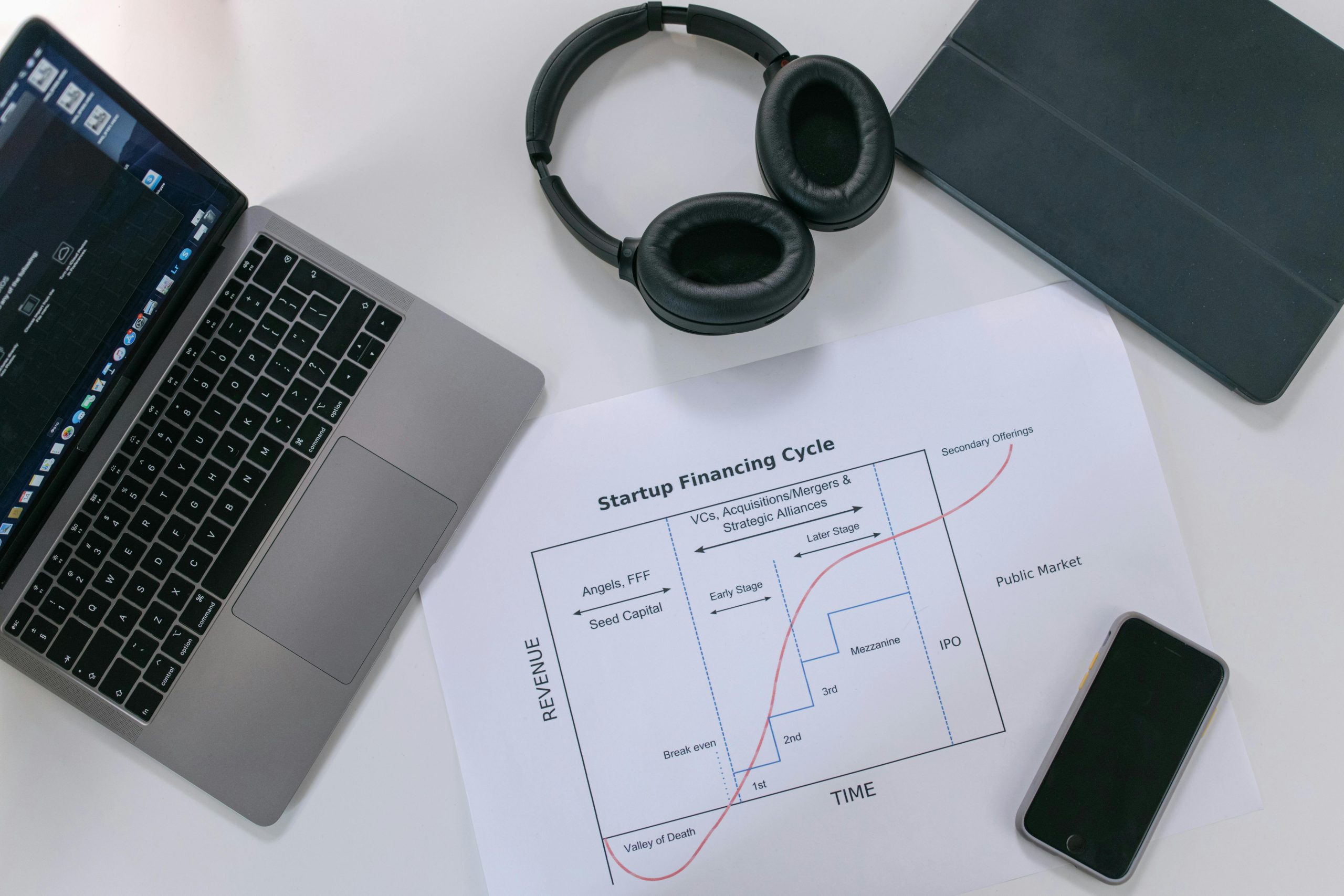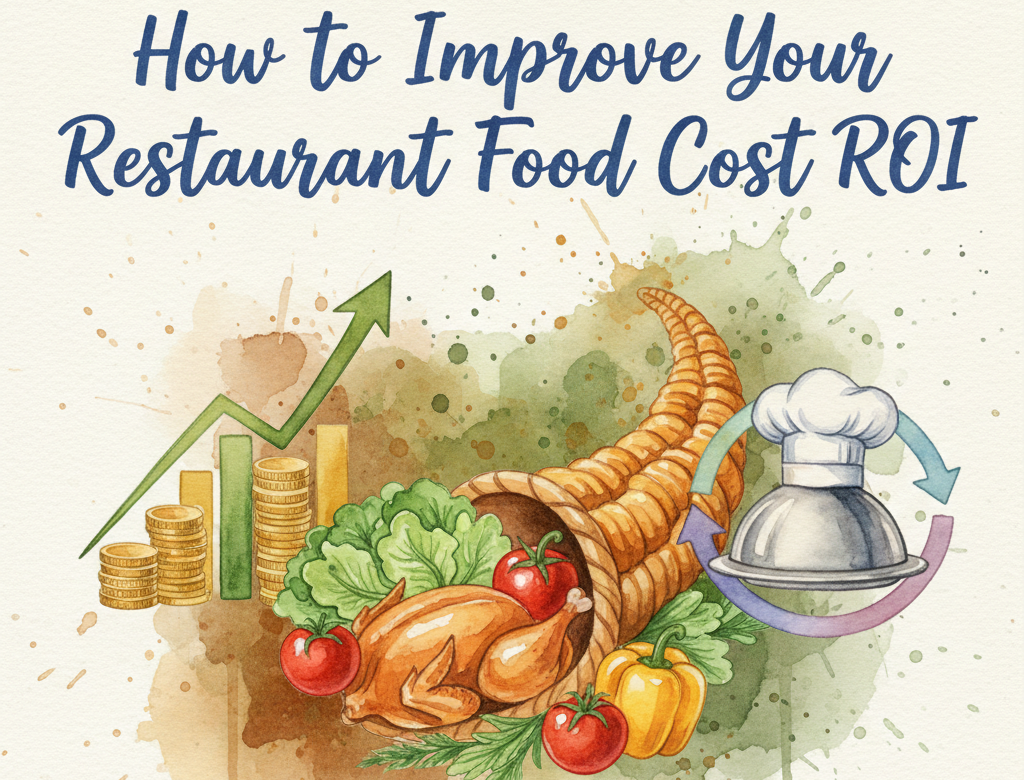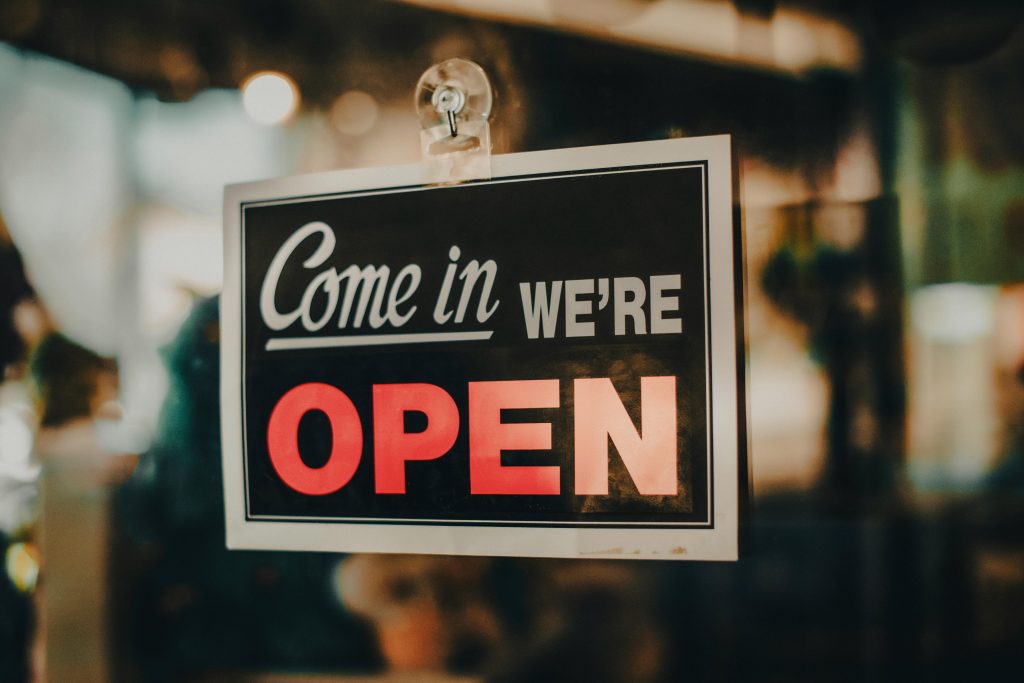Effective marketing is crucial for restaurants of all types—from cozy cafes in Kuala Lumpur to bustling seafood spots in Penang. You’re putting your resources into marketing campaigns, but are they truly working for you? Measuring the ROI, or Return on Investment, of your marketing efforts can answer that. Knowing your ROI will tell you what’s working and what isn’t, helping you get the best out of your marketing budget.
Let’s dive into how you can calculate the ROI for your marketing campaigns, what a good ROI percentage looks like, and what metrics you should be tracking to maximize your campaign’s success.
What Is ROI and Why Should You Care?
ROI, or Return on Investment, measures the profitability of an investment—in this case, your marketing campaign. It’s a clear way to see if the money you spent brought in the revenue you aimed for. Knowing the ROI helps you make smarter decisions about where to allocate your marketing budget.
Formula to Calculate ROI for Marketing Campaigns: Here’s the basic formula for calculating ROI:
ROI (%)=((Net Profit from Campaign−Marketing Cost)/Marketing Cost)×100
For example, if you spent RM 1,000 on a campaign that brought in RM 5,000 in revenue, your net profit is RM 4,000. Plugging into the formula:
ROI (%)=( 4000/1000)×100=400%
A 400% ROI means that for every RM 1 you spent, you earned RM 4 in return. That’s a solid result! But what is a good ROI percentage for a marketing campaign in the restaurant industry?
What Is a Good ROI for Marketing Campaigns?
For restaurants, a good ROI percentage can vary. Generally, a 5:1 ratio (or 500%) is considered excellent for marketing campaigns across industries. However, achieving a 2:1 or 3:1 ROI can also be a good outcome for smaller businesses or new restaurants trying to build a brand.
According to some industry experts, the average ROI for digital marketing campaigns ranges between 200% and 300%. So, if you’re reaching or exceeding this mark, you’re on the right track!
How to calculate the ROI of a marketing campaign?
Step 1: Set Clear Goals and KPIs for Your Campaign
To calculate ROI effectively, start by setting specific goals. Ask yourself: What do I want to achieve with this campaign? Maybe you want to increase foot traffic, promote a new menu item, or boost online orders. Setting goals helps you measure success accurately.
Some common Key Performance Indicators (KPIs) you might consider include:
- Increase in sales: How much revenue did the campaign generate?
- Foot traffic: Did you see more customers coming into your restaurant?
- Online engagement: How many likes, shares, or comments did your campaign get on social media?
- Customer feedback: Are people talking about the campaign, either online or in person?
Each of these KPIs will help you understand how your campaign is performing and whether it aligns with your goals.
Step 2: Track Your Campaign Costs
To calculate ROI accurately, track all the costs associated with the campaign. This includes:
- Advertising expenses: What did you spend on social media ads, Google ads, or traditional media?
- Design and content creation: Did you pay for professional photos, videos, or graphic design?
- Discounts or promotions: If you offer any discounts, calculate how much those cost you.
Let’s say you ran a social media campaign with a budget of RM 1,500, and you offered a 10% discount on certain menu items, which cost you RM 300 in revenue loss. In this case, your total campaign cost would be RM 1,800.
Step 3: Measure the Revenue Generated by Your Campaign
The next step is to calculate how much revenue your campaign generated. This can be tricky, especially if you’re running multiple promotions at once. Here are a few ways to measure campaign-specific revenue:
- Use Promo Codes: Assign a unique code for each campaign. Track how many times customers used the code to gauge campaign-specific revenue.
- Track Online Orders: If you’re using online ordering, see how many orders came through directly from your campaign’s links or ads.
- Ask Your Customers: If you have a good rapport with your customers, you can ask them directly how they heard about a new item or promotion. This may not give exact numbers but can provide useful insights.
Step 4: Plug Your Numbers into the ROI Formula
Once you have your total revenue and total campaign costs, plug these numbers into the formula we mentioned earlier. This will give you a percentage that represents your ROI.
Here’s an example:
- Campaign cost: RM 1,800
- Revenue generated: RM 6,000
- Net profit: RM 6,000 – RM 1,800 = RM 4,200
ROI(%)=(4200/1800)×100=233%
A 233% ROI means you earned RM 2.33 for every RM 1 you spent. This result suggests a positive return, which is great!
Step 5: Analyze and Optimize
Measuring ROI isn’t a one-time thing; it’s an ongoing process. After you calculate the ROI for each campaign, take a closer look at what worked and what didn’t.
Ask yourself:
- Which channels brought in the most revenue? Was it Facebook, Instagram, or Google?
- Did certain types of content (videos, photos, etc.) perform better?
- Were customers more responsive to promotions or new menu items?
Analyzing your ROI will reveal which strategies work best for your audience. This information helps you improve future campaigns and allocate your budget more effectively.
Using Technology to Simplify ROI Calculations
A Point of Sale (POS) system or marketing analytics tools can make tracking revenue and customer responses much easier. Many systems automatically track sales data, customer trends, and promotion responses, giving you detailed insights without extra effort. In Malaysia, many restaurants are finding these tools useful for saving time and improving accuracy in their marketing.
Measuring ROI for your marketing campaigns is essential for making sure you’re spending your marketing budget wisely. For Malaysian restaurants, knowing your ROI allows you to focus on campaigns that deliver results, whether it’s seasonal promotions, new menu items, or loyalty programs.
By setting clear goals, tracking costs and revenue, and analyzing the data, you can continually refine your marketing strategies for even better ROI. Remember, even a small improvement in ROI can make a big difference to your restaurant’s success. Start measuring, and you’ll see which marketing efforts bring in more customers—and more revenue.




